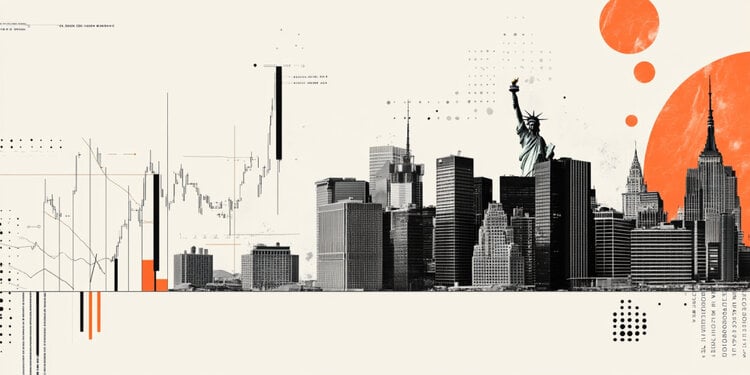Dow Jones Flat Ahead of Fed

- The Dow Jones is still hanging around just under the 42,000 mark on Wednesday.
- Market watchers are getting ready for the latest peek into the Fed’s “dot plot,” which shows where they think interest rates are headed.
- Investors are still hoping for the best, but some concerning signs in consumer data are becoming harder to brush aside.
The Dow Jones Industrial Average (DJIA) was pretty much where it’s been recently on Wednesday, holding its ground with a bit of a positive outlook as investors anticipate the next word from the Federal Reserve (Fed). Everyone’s pretty sure the Fed will hold interest rates steady again this time, but all eyes will be glued to the Federal Open Market Committee’s (FOMC) Summary of Economic Projections (SEP) – that’s what the market is really waiting for.
This Fed SEP, often called the “dot plot” because of how it looks visually, is a big deal. It could really shake things up for markets that have been banking on interest rate cuts later in 2025. Why is it so important? Well, Fed officials are usually quite good at predicting where interest rates are actually going. So, the middle point, or median, of these “dots” on the plot will heavily influence what people expect for future interest rates.
Dow Jones price forecast
When it comes to the Dow Jones forecast, it’s basically hovering right under that important 42,000 level. The 200-day Exponential Moving Average (EMA) is acting like a ceiling, keeping prices from really moving. If you’ve been watching the charts, you’ll have seen the Dow take a bit of a dive recently, and some technical indicators are suggesting we might be due for a bit of a bounce upwards now, as they are starting to come out of “oversold” levels.
Dow Jones daily chart
Dow Jones FAQs
The Dow Jones Industrial Average – it’s one of the oldest stock market gauges around! It’s made up of 30 of the most actively traded companies in the US. Unlike some other indices, it’s “price-weighted,” not based on company size (“capitalization”). The way they calculate it is by adding up the stock prices of these 30 companies and then dividing by a number (right now, it’s 0.152). Charles Dow, who also started the Wall Street Journal, created it way back when. More recently, some people have said it’s not the best picture of the whole market because it only follows 30 huge companies, unlike broader indices like the S&P 500.
Lots of things can move the Dow Jones Industrial Average (DJIA). Probably the biggest is how well the companies in the Dow are doing overall, which we find out from their quarterly earnings reports. US and global economic news also plays a role, because it changes how investors are feeling. And interest rates, set by the Fed, are also a big factor for the Dow, because they affect how much it costs for companies to borrow money, and many of them borrow a lot. So, things like inflation are really important, as are other economic numbers that influence what the Fed decides to do.
Dow Theory is basically a way, created by Charles Dow, to figure out the main trend of the stock market. A key part of it is looking at whether the Dow Jones Industrial Average (DJIA) and the Dow Jones Transportation Average (DJTA) are moving in the same direction – you only pay attention to trends where they both agree. Trading volume also helps confirm if a trend is real. The theory uses “peak and trough” analysis – looking at highs and lows. Dow said market trends happen in three stages: “accumulation,” when the really informed investors (“smart money”) start buying or selling; then “public participation,” when everyone else jumps in; and finally “distribution,” when the “smart money” starts selling off.
If you want to trade the DJIA, you’ve got a few options. One popular way is using ETFs. These let you trade the Dow Jones as if it were a single stock, instead of having to buy shares in all 30 companies individually. A well-known example is the SPDR Dow Jones Industrial Average ETF (DIA). You can also trade DJIA futures, which let you bet on where you think the index will be in the future. Options give you the right, but not the requirement, to buy or sell the index at a set price later on. And mutual funds offer another way to get in, letting you buy into a mix of DJIA stocks and get exposure to the whole index.











